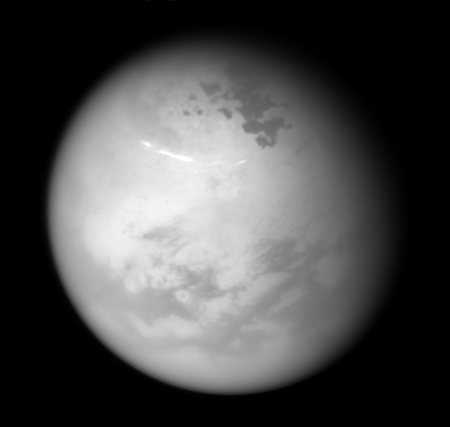Three stories today illustrate how competition is revolutionizing and energizing the European aerospace industry:
The first two stories are clearly examples of the new competition within the launch industry. The first describes the effort by ESA and Airbus-Safran, a partnership now dubbed ArianeGroup, to get the Ariane 6 rocket built fast and cheaply, under pressure as they are by SpaceX’s lower prices.
The manufacturing consortium is looking for a 40% cost reduction, at least, in the Ariane 6, compared with the Ariane 5. In part that is coming from exploiting new materials and new manufacturing techniques (3D printing, friction stir welding, augmented reality design, etc) and in part by maximising the common use of elements in both the 62 and 64 variants. Avio’s solid-fuelled booster is also the same as the first stage on the company’s Vega rocket, which launches much smaller satellites.
But a big cost saving will come from simply employing fewer people. “There is a transition from Ariane 5 to Ariane 6 (from 2020 to 2023), but from 2024, 2025 onwards – our workforce will be 30% less than today,” explained Hans Steininger, the boss of MT Aerospace, which is making the rocket’s huge metallic propellant tanks.
The second article describes how ESA is suddenly changing its reusable mini-shuttle program from a typical, staid, dead-end research project (where they do a series of test flights with no thought towards using what they learned) to a private mini-shuttle available for lease by researchers of all stripes.
By 2025, ESA officials said, Space Rider could be operating commercially, flying science payloads and bringing them back to Earth for roughly $9,200 per kilogram. Arianespace, the Evry, France-based launch services provider, would likely serve as Space Rider’s operator, offering industry and government customers the opportunity to fill the spaceplane 800-kilogram payload capacity with microgravity science, materials testing, telecommunications and robotics demonstrations.
Previously, the plan had been to test fly this spaceplane without selling its cargo capacity. Now they want to make money on it, right from the beginning.
The third article meanwhile illustrates that the old way of doing things is still a factor in Europe’s space effort. Europe’s Galileo GPS satellite network has been delayed badly by faulty atomic clocks. They are replacing them, and are preparing to resume launches. However, in ordering 8 new satellites they have also decided to keep OHB, the same contractor who provided the faulty atomic clocks, rather than give the contract to a competitor or at least split it between two contractors.
The contract, expected in late 2016, was delayed as the commission and the 22-nation European Space Agency (ESA) debated whether to maintain OHB as Galileo’s sole supplier or to award all or part of the contract to competitor Thales Alenia Space Italia.
In the event, the commission and ESA agreed that the savings realized from ordering recurrent-model spacecraft from OHB, and the schedule assurance this provided, outweighed arguments on behalf of dual sourcing. “Dual sourcing is always important but it needs to be weighed against other program requirements” including cost, said Paul Verhoef, ESA’s director of navigation. Verhoef said ESA and the commission may pursue dual sourcing for the next round of Galileo orders, when a new design will be used for the system’s second generation.
I suspect that as competition continues to prove its worth ESA will move to accept the idea of competition in the building of future GPS satellites. For right now, however, this change was more than this large government bureaucracy could handle.


